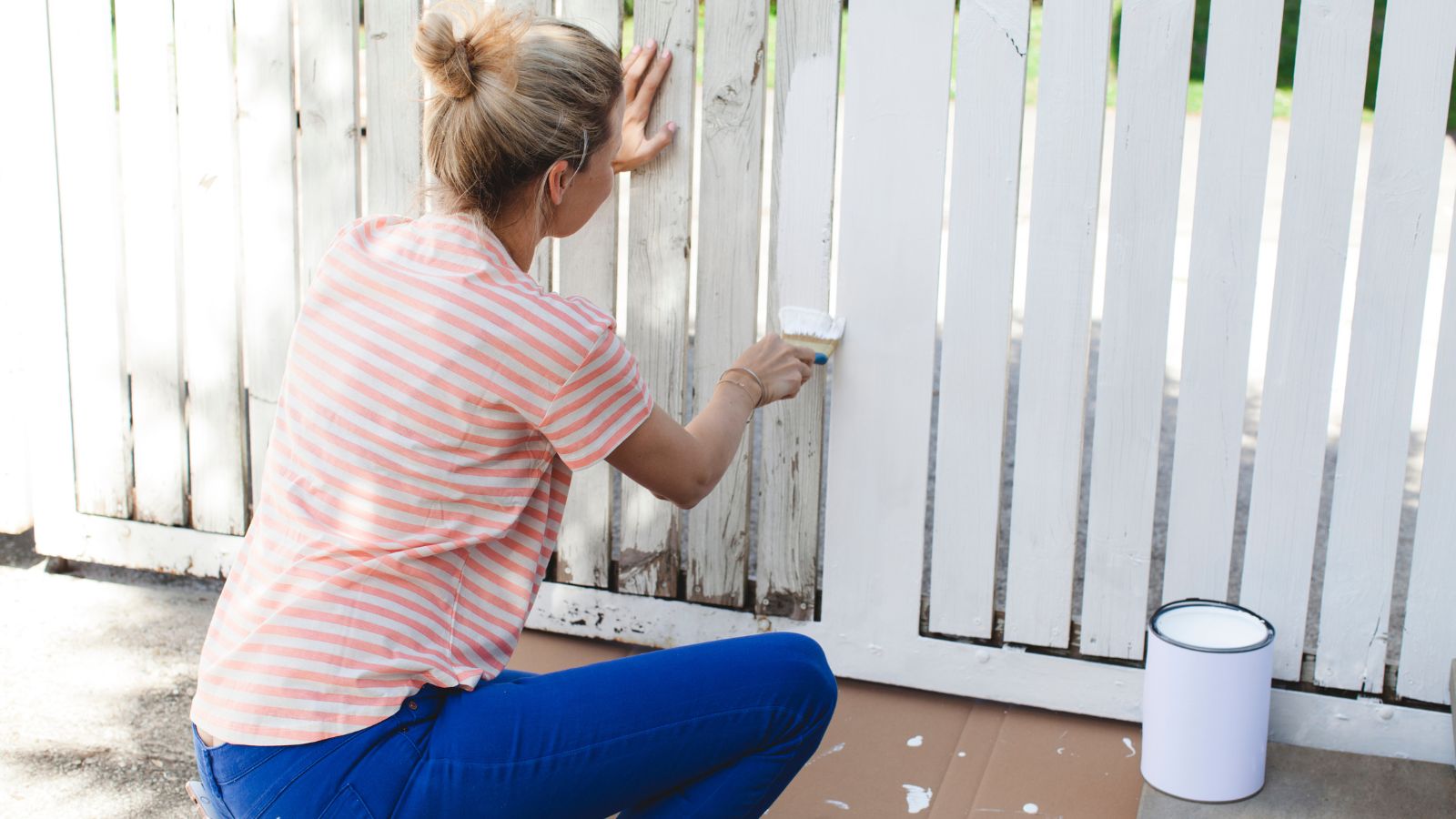
"If you've ever looked out at a drab or weathered fence panel, you might have wondered: can I paint my side of my neighbour's garden fence? It feels like a harmless way to freshen up your outdoor space, but the answer isn't quite as straightforward as many homeowners assume. While it might seem logical that 'your side' of a boundary fence is yours to change, legally that isn't the case."
"No, you can't. This is because the fence is owned by your neighbour, so it's their property. If you want to paint the fence, you need to ask the permission of the neighbour who owns it. Even if both you and your neighbour are happy with it, it's advisable to agree the scope of the arrangement in writing so everyone knows the scope of works which will be undertaken. This would also help to prevent a dispute if either property is sold."
Fences usually belong to one property, so painting a boundary fence without the owner's permission can constitute damage or trespass. Homeowners should check property deeds or titles to confirm fence ownership before making alterations. Seeking and obtaining the owner's written consent avoids legal risk and helps prevent disputes, especially when either property is later sold. Open communication with neighbours and agreeing the scope of works in writing provides clarity. Safer alternatives include proposing joint maintenance, replacing panels only with owner approval, or using temporary additions like trellises or plants on the homeowner's side.
Read at Homebuilding
Unable to calculate read time
Collection
[
|
...
]